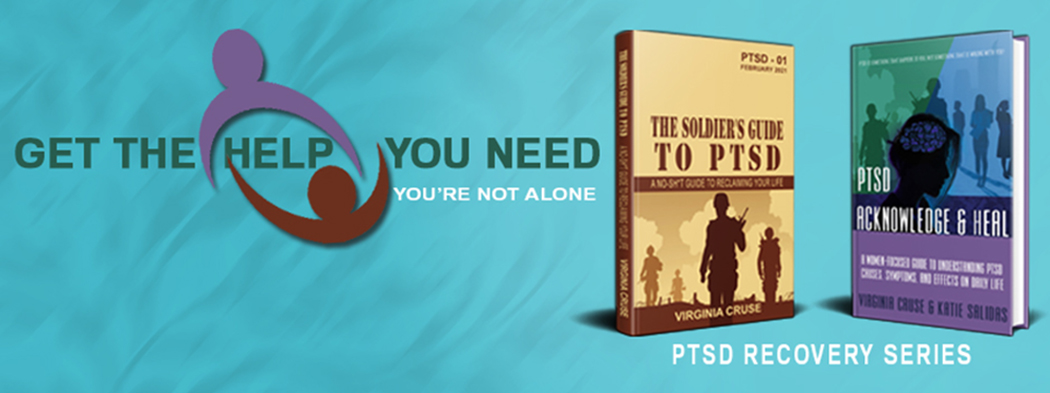The DSM-5 goes to great length to define trauma for us, and we are smart to tune in. It is important that we know our diagnosis better than anyone else, to include our therapist, our docs, or our chain of command. Do not expect any one else to care about your recovery more than you.
There are five major criteria to PTSD that you need to know: A-E. F, G and H have to do with length of time, how much your PTSD is affecting you, and ruling out other factors (substances or other physical medical conditions).
Criterion A. This criterion gives us the DSM’s definition of trauma: "actual or threatened exposure to death, serious injury, or sexual violence."
So this is a big umbrella; there are many life events that could fit - not just combat. Being trafficked, bullied, beaten, molested, sexually abused or raped - natural disasters, school/church shootings, genocide, growing up in a dangerous place - this list could go on and on. Unfortunately, trauma is a ubiquitous experience in America. The data are clear: most of us have either experienced trauma ourselves or personally know someone who has. The brave #MeToo survivors are a recent example to highlight this.
Let’s talk about this term, “actual or threatened exposure.” We all have a physical and psychological reaction to threats: fight, flight, or freeze (freeze is the red-headed step-child of trauma, and more on that later). And your body and brain will react the same whether the threat is actual or threatened. So let’s say that you go on a convoy every day outside the wire, and that, thankfully, your convoy never gets schwacked. But you’re a smart cookie; you listen to your S2 and pay attention to the pre-briefs, you watch t.v., and you know that there are a lot of convoys that do get schwacked. Guess what? Your body and brain gears up every time you leave the wire whether you get schwacked or not - because your brain’s #1 job is to keep you alive. Your heart beats faster to get more blood to your muscles, your eyes dilate, you start to sweat or shake, and your brain gets you ready to stay alive no matter what.
But I never got schwacked, you say - I don’t deserve to have PTSD because I have my legs! Stop it. This is not how PTSD works (#ScienceMatters). When you run to the bunker during the incoming alarm, read the casualty reports, are walking back to your CHU alone in the dark, or literally dodge the bullet, you are still being exposed to the threat of death, serious injury, or sexual violence. PTSD doesn’t pick those who “deserve” it, so stop the bullshit cycle of self-blame you’ve been piling on yourself these last years.
Bottom line: we deserve to recover from trauma and there are solutions. Reach out to a clinician who understands your diagnosis and get the help you need.
*****
“If you believe change is possible, you want to change, and you are willing to do the work, you absolutely CAN get your life back.”
Get your copy of The Soldier's Guide to PTSD, The Soldier's Workbook,



